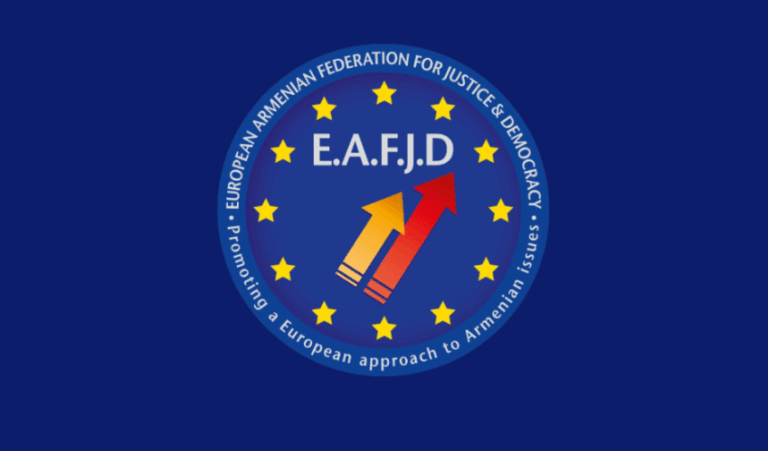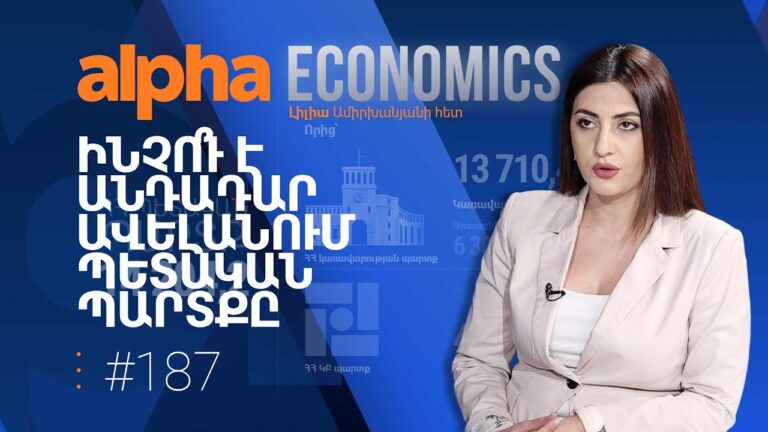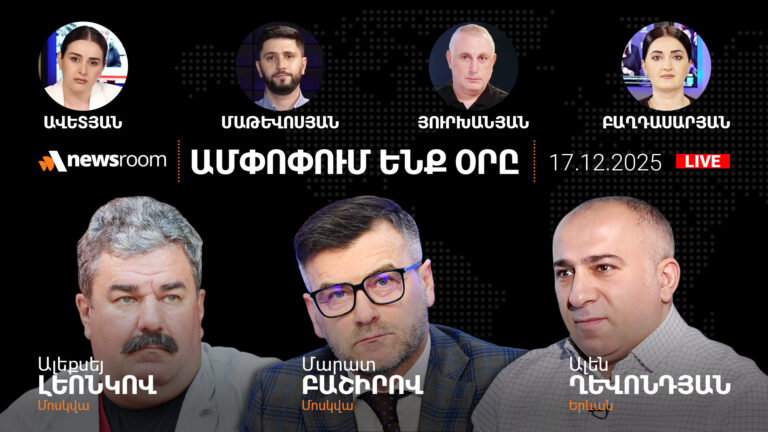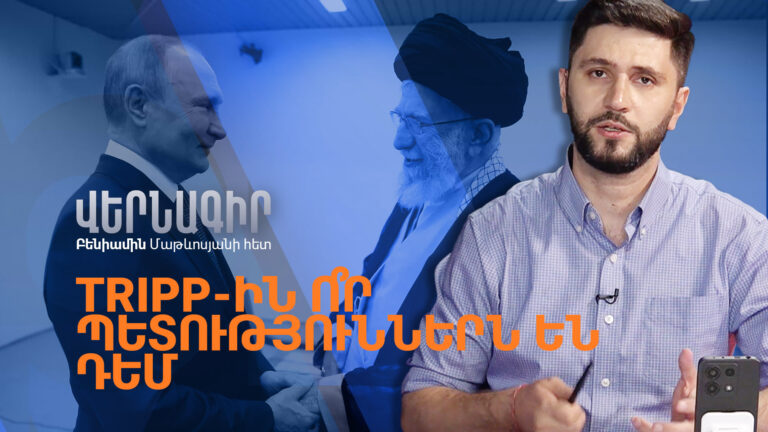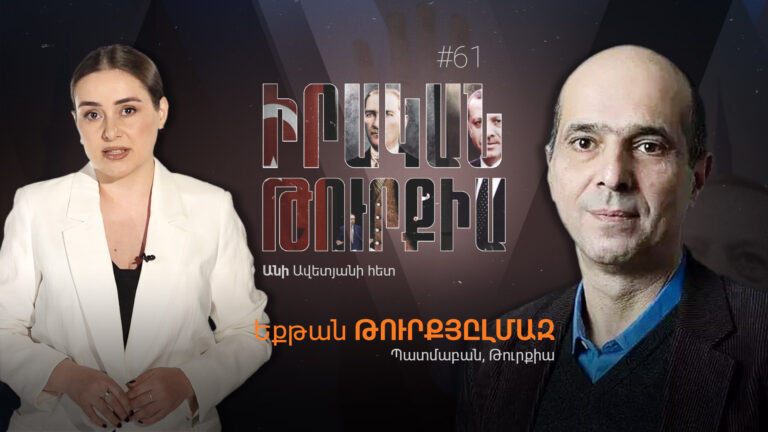“My Erebuni has become Kyiv”
November 22 2023, 19:02
After the fall of Artsakh, many events took place in almost two months, but two main tendencies should be highlighted, among them the “Ukrainization of Armenia” and the creation of a regional coalition against Armenia.
If, leading official Kyiv to war with Russia, the West has been arming and modernizing the armed forces of Ukraine for about ten years, then in the case of Armenia, the process of inflating political contradictions between official Moscow and Yerevan is unfolding before our eyes without providing Armenia with systematic assistance.
The Armenian authorities are doing almost everything to ensure that the confrontation with Moscow not only does not stop but also receives more and more new manifestations.
So, in recent weeks, Nikol Pashinyan met with Ukrainian President Vladimir Zelensky; and Armen Grigoryan managed to visit Malta to discuss the “Ukrainian peace resolution”, which suggests the creation of a military tribunal against the military-political leadership of Russia. The same Armen Grigoryan met with the head of the Ukrainian delegation to the OSCE PA, Nikita Poturaev, and discussed “regional issues” with him.
The second tendency that we see after the fall of Artsakh’s statehood is the creation of a regional coalition against Armenia in the “3+3” regional format. Over the past few weeks and days, Russia, Iran and Turkiye have repeatedly stated that the participation of non-regional actors in solving regional problems is unacceptable.
Moreover, we have reached the stage when Iran and Azerbaijan, which were almost on the verge of war just a few months ago, are now simultaneously opposed to the statements of official Washington and its attempts to interfere in regional affairs.
Thus, Iranian Foreign Ministry spokesperson Nasser Kenani said that cooperation between Iran and Azerbaijan continues, and the United States has no right to interfere in friendly relations between Iran and neighboring countries.
The Azerbaijani parliament, in turn, issued a statement against the United States, which even notes that US foreign policy has experienced a complete collapse in recent years, and in this regard, the policies of the Middle East and Afghanistan should be particularly noted.
That is, we see that, without security guarantees, amid the “political Ukrainization of Armenia”, the process of forming a regional coalition against Armenia is underway.
The reality is that Moscow, Ankara and Tehran are ready to “fight with each other” in order to expand their zone of influence, but for all their contradictions and conflicts they do not want to let Washington, Brussels or Paris into the South Caucasus. Moreover, geopolitics is so cruel that the processes can reach such an extent that the virtual coalition against the Republic of Armenia can turn into a very real format operating on the ground. Such is life and geopolitical realities.
As for “Ukrainization”, it should be noted that if the “physical depth of Ukraine” is such that in the event of a threat of war, foreign diplomatic missions, OSCE representatives, and other structures left Kyiv for Lviv and continued their work from there, then the “physical depth” of the territories of the Armenian is such that the same foreign missions and European observers will declare that “attacks on Armenia are unacceptable” at best from Bavra.
The whole paradox of the situation is that the process of “Ukrainization” of Armenia is not based on national or state interests but specifically on the interests of Nikol Pashinyan and a very narrow circle of his entourage. The Armenian statehood was introduced into the “zone of political turbulence” in order to prevent the fulfillment of Paragraph 9 of the statement of November 9, 2020, providing for the unblocking of communications under the control of the border troops of the Russian Federal Security Service.
Pashinyan does not want to give this control to Moscow specifically, and he is ready to give this control to any side, including Turkiye. The leader of the “velvet revolution” refused to comply with the provisions of the November 9 document and recognized Artsakh as part of Azerbaijan not because he was “concerned about the sovereignty of Armenia”, but because compliance with these provisions would lock in the prospects for cooperation with the West for Pashinyan.
This is exactly the reality in which we live. Today, when the authorities often quote the work of Yeghishe Charents “The Land of Nairi” and talk about “brain disease”, in fact, “brain disease” is a refusal to accept the realities of physical maps, where, on the one hand, Turkiye and Azerbaijan want to “break the Armenian statehood”, and, on the other hand, strategic partners are ready to provide assistance.

